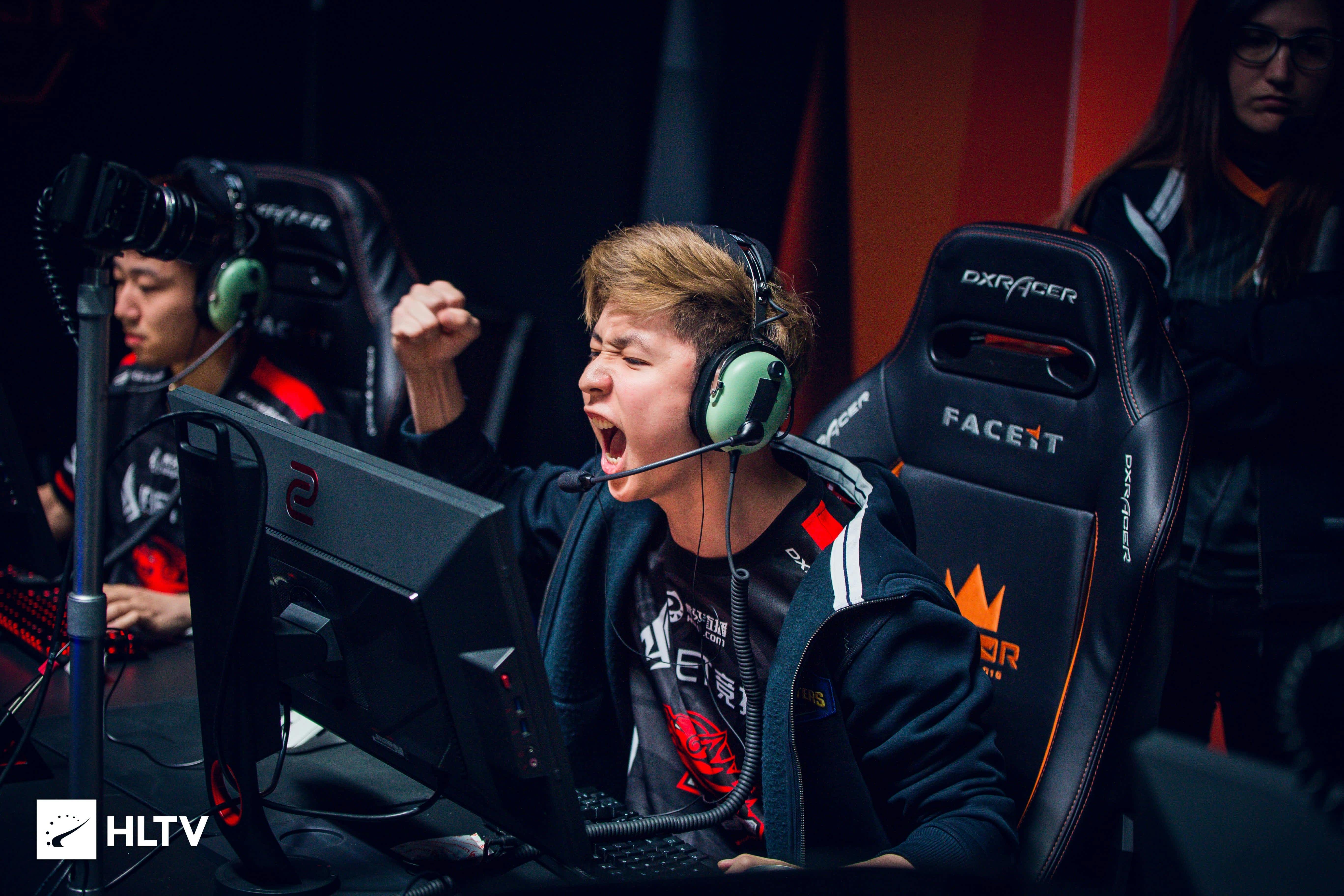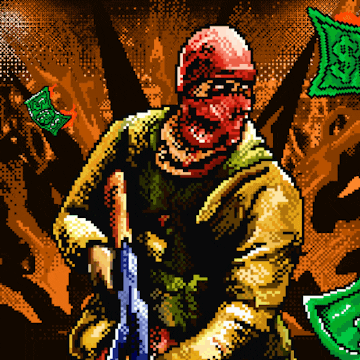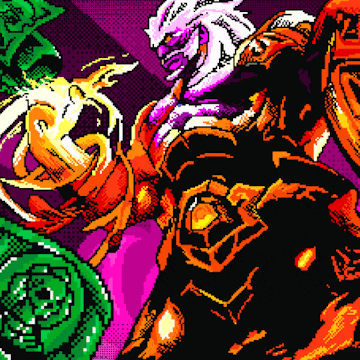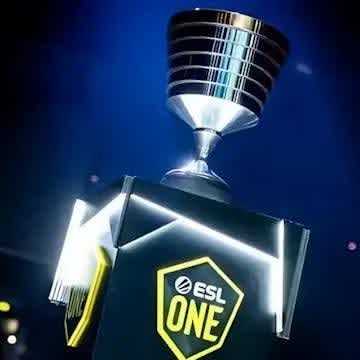The Expiry Date on Tyloo’s Novelty
Tyloo is infamous largely due to their novel nature. On-paper, they shouldn’t function as a team. Even the most casual viewer of CS:GO would be right in their assumption that it’s very hard to play professional CS when your team can’t communicate even semi-fluently in the same language. The split in culture, nationality, playing style, and obviously, language, between the Chinese core and Indonesian leadership structure of Tyloo make them perplexing to analyse.
They lack the ability to instantly communicate in fast-paced clutch scenarios. As such, they have to largely rely on an intuitive sense of hitting sites with standard executes and creating space for each other to make individual plays. Fortunately, both Mo and Somebody are more than comfortable with this notion, and on a good day, can be some of the most effective players in the world in catching their enemies off-guard. Their unique mindset to smoke grenades and peeking has allowed Tyloo to consistently surprise good European sides for months.
Through deploying this unique approach relentlessly since Xccurate joined Tyloo around IEM Sydney, the Asian side has found a series of high-profile results. From beating NiP in a Bo3 on LAN, to taking a map off of Astralis, to qualifying for the main stage of the major, Tyloo have gained attention internationally. They’ve started to receive invites for more tournaments, and attend the events they qualified for months ago, further giving themselves a chance to build on their results. Like many teams who receive these opportunities though, they are starting to suffer from over-exposure to LAN-play. Since Xccurate has joined, they have the third most LAN matches played in the world. Their novel nature is quickly losing its touch.
Since the player-break, we’ve seen Tyloo go from ZOTAC Cup Masters, to Dreamhack Stockholm, to the FACEIT London Major, to the WESG China Finals, to then StarSeries S6. While the Asian side was able to earn a spot on the main stage at the major, at StarSeries S6 the massive fault-lines that run through their game became more apparent.
In-lieu of that ‘shock’ factor in their game - in-part facilitated by lacking individual form - Tyloo’s tactical depth, or rather, lack of it, became apparent. They looked to force many rounds on T-side through the cookie-cutter executes and looser pushes that earned them infamy at the major, but against better adapted CT-sides. Renegades, even after showing big gaps in their A-retake game and transitions off of mid control on Mirage still managed to close out their match against Tyloo on the CT-side, 16:13. Likewise, ENCE easily handled Tyloo’s once dangerous Inferno in-spite of a sub-par performance from allu, in-theory giving the stage to xccurate to shine.

Tyloo’s style relies largely on their opponents inability to figure it out. They want them to think less, to over-peek, to hunt for duels, and not to respect the individual firepower at the Asian sides disposal. As Tyloo have gone from stage-to-stage, filling up hltv’s database with their demos and stats, their advantage of surprise has dwindled along with it. While for some teams this may be a simple problem, for Tyloo it’s cataclysmic. Other rosters can go back to the drawing board, reconfigure their strats, change pacing, maybe even switch roles/spots depending on the context. Tyloo, however, is almost locked into their current state. Their line-up has such a unique mixture of players that one struggles to see an alternative solution in how to structure it.
It seems as though there brand of Counter-Strike has a short-expiry date. Once you lose that novel element, the surprising sharpness behind a dismissable blade, you lose a significant win condition into a game. Unfortunately for Tyloo, given how much difficulty it took to simply get to this point in the first place, it seems unreasonable that they are able to dramatically change and do it again. We may very well see a return to the floor for the Asian side after such an extended high around the world.
This isn’t to say that the roster is guaranteed to fall apart and never post another upset again, but rather, results like they had at StarSeries will be more regular than those found at say, the major. Time off will be important for recharging their individual stars, but it’s tough to see how it will evolve their macro or structural game. In this sense, Tyloo is a team that could, and will be, always dangerous for a map or two, but rarely in a series and over extended tournament play. Whether or not the likes of Xccurate and BnTeT are happy with such a status quo remains to be seen. But certainly will they have to evaluate how they want to progress past their dated hump of novelty if they want a long-term future.
Bet on Tyloo's Games!





